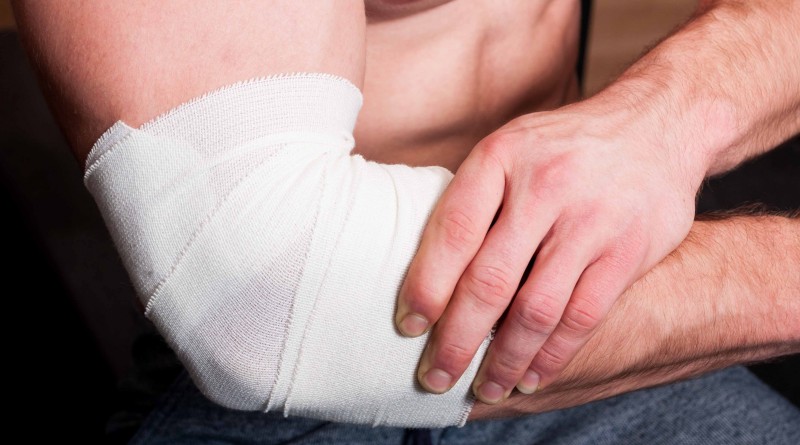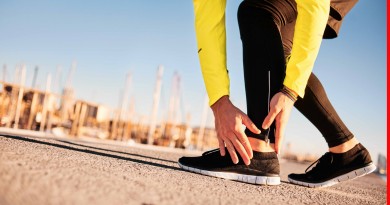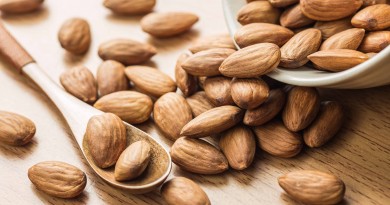All about bursitis
If you’ve never heard of bursitis, you should know that this is an inflammation most likely to occur in those who practice sports. Learn how to prevent it.
Bursitis is an inflammation of one synovial fluid sac called bursae – a sac filled with liquid, coated with endothelial cells that lies between the bone and the tendons, or muscle tissue, located near the joints – which aims to protect these structures, working as buffer and avoiding the friction between them, making them “slide” naturally over each other.
When this bag full of fluid inflames and swells, the friction between the structures increases, which ultimately cause pain. It often happens that by being close to joints, these pains are wrongly understood as joint pain. The bursitis can occur in various parts of the body, especially on the elbows, shoulders and hips, as well as in joints that perform repetitive motions with frequency. But there are other regions affected: knees, heels, the base of the big toe and wrist.
The causes of the development of bursitis are usually arising from injury mild and repeated on these structures, violent trauma or repetitive motion and forced inflicted on adjacent muscles. The main symptom of this inflammation is a localized pain that increases when the area is pressed or targeted by friction. It is normal to see in the same location a red and warn swelling.
If you suspect that you suffer from this inflammation, see a doctor and do not self-medicate. Typically, the treatment of bursitis is to rest and protect the affected area. The use of anti-inflammatories or painkillers, often applied through injections, make the inflammation disappear, but in the most extreme cases it may be necessary to resort to a small surgery to drain the liquid from the bag. It may be even necessary to resort to physiotherapy.







